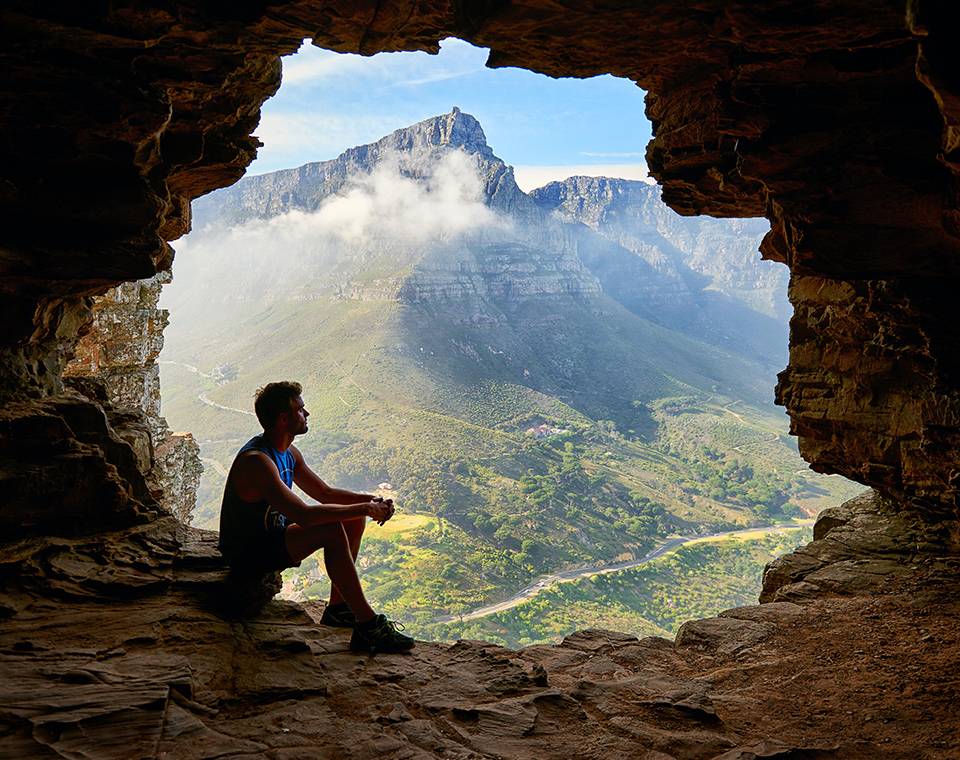
East African Safari: High Season vs. Low Season
What is the difference between high season and low season when going on an African safari?
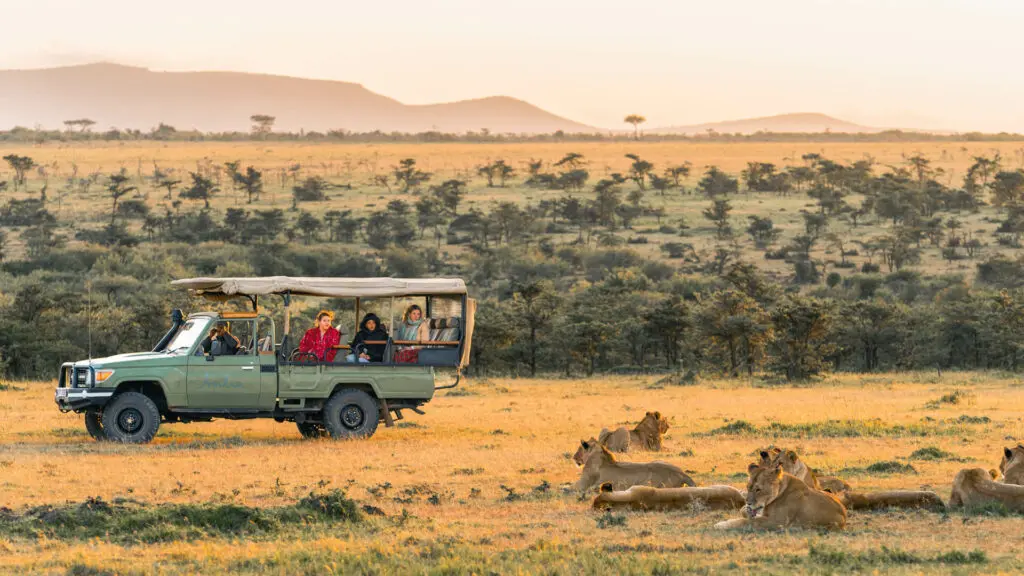
Planning a safari can be an exciting but overwhelming experience, especially when it comes to choosing the right season to travel. While many safari destinations can be explored year-round, certain periods may be more preferable than others. The two main safari seasons in East Africa are the high season (also known as the dry season) and the low season (also called the green season or wet season).
The high season is generally the best time for spotting the incredible wildlife of East Africa as animals gather around shrinking water sources, making them easier to find. On the other hand, the low season brings lush and dramatic landscapes, fewer crowds, and incredible birdwatching opportunities, but can make wildlife more challenging to spot due to denser vegetation.
Both seasons have their advantages, and the right choice depends on what kind of safari experience you’re looking for. Let’s break it down further.
When is High Season or Peak Season in East Africa?
Weather and What to Expect
High season in East Africa typically falls between June and October, with a second peak in January and February. This is the dry season, meaning little to no rain, hot daytime temperatures, and warm or cool nights. The savannahs take on a golden hue, and water sources become scarce, forcing wildlife to congregate in predictable places—perfect for game viewing.
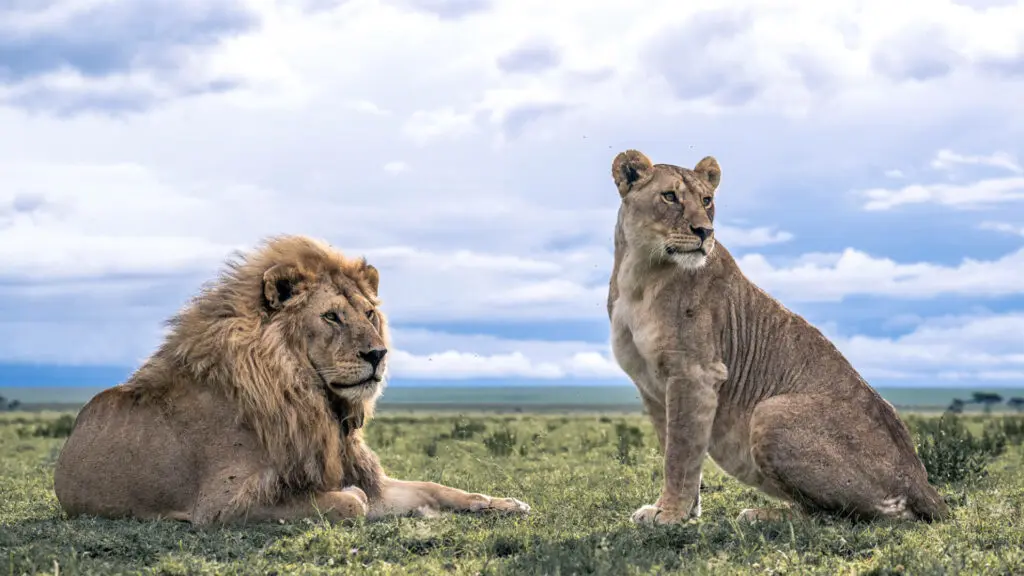
Where to Go in High Season
Masai Mara, Kenya
The Masai Mara is one of the top destinations across the continent during the high season, especially from July to October, when the Great Migration arrives from the Serengeti. Witnessing thousands of wildebeest crossing the crocodile-infested Mara River is an unforgettable sight, attracting thousands of visitors each year.
Serengeti, Tanzania
The Serengeti offers some of the best game viewing in East Africa. Between June and July, the herds of the Great Migration move northward, providing incredible predator-prey action.
Ruaha National Park, Tanzania
For a more off-the-beaten-path experience, Ruaha offers excellent predator sightings in the dry season, particularly lions, leopards, and cheetahs which can often be spotted fathering around the Great Ruaha River.

Uganda
If you are planning to go gorilla trekking, the dry season is the best time to visit the country. While much like its other East Africa counterparts, Uganda is technically a year-round destination, offering different activities through the year, gorilla trekking through the country’s rainforests is best done during the dry season from January to Feb and from June to September.
Kilimanjaro
The best time to climb Kilimanjaro is during the dry seasons from December to March and from June to October. Because of the nature of climbing and trekking mountains, the wet seasons are considered dangerous and must be completely avoided. The dry seasons offer a combination of comfortable temperatures and relatively dry conditions where the wet seasons crate muddy trails and severely impact visibility.
When is Low Season or Green Season in East Africa?
Weather and What to Expect
Low season occurs from March to May and November to early December, although some areas may continue to receive afternoon showers throughout January. These are the wettest months, with frequent afternoon rains that transform the landscapes into verdant green paradises. Temperatures remain warm, and the rains are often short and refreshing rather than non-stop downpour.
During April and May, the wettest months of the green season, some lodges and camps, such as those on Kenya’s Laikipia Plateau and in southern Tanzania, shut their doors as heavy rains turn roads into muddy traps and make remote areas tough to reach.
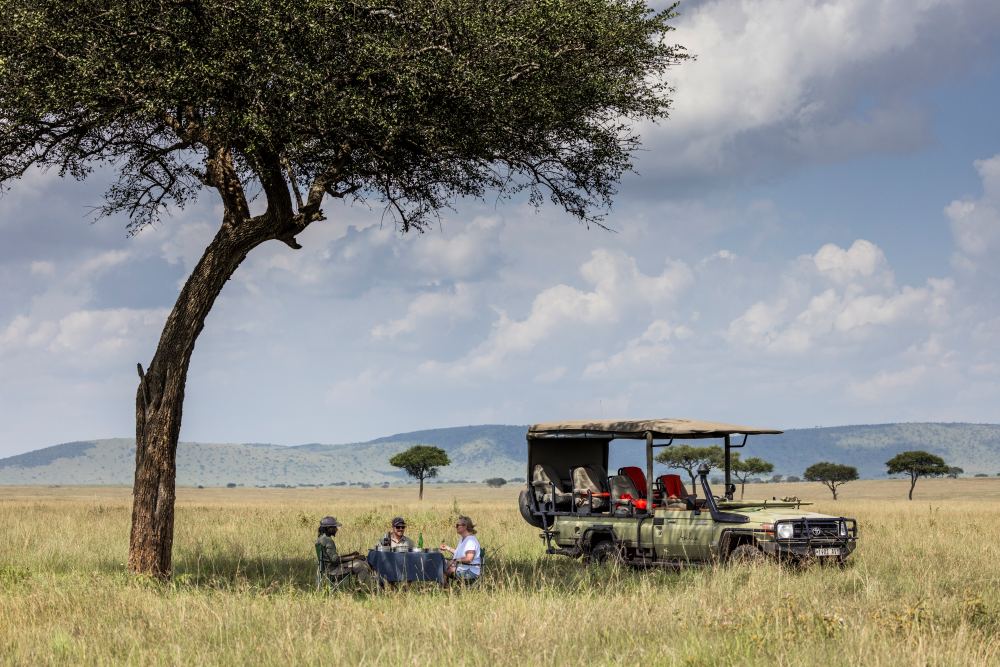
Where to Go in Low Season
Masai Mara, Kenya
The Mara may be quieter during the low season, but resident wildlife, including the Big Five, remains. The lush greenery makes for stunning photography, and it is also calving season, meaning plenty of young animals are born and dramatic predator action ensues.
Serengeti, Tanzania
In January and February, the southern Serengeti is the best place to see the Great Migration calving season. Thousands of wildebeest give birth, attracting predators such as lions and hyenas.
Nyerere National Park, Tanzania
A Nyerere safari is particularly beautiful in the wet season; the rivers and lakes are full and teeming with hippos, crocodiles, and migratory birds. Enjoy boat cruises which offer an exciting adventure and sightings with a mix of aquatic and land life. From mid-March to May, most camps in Nyerere are closed as the rains make it nearly impossible to reach by air and road.
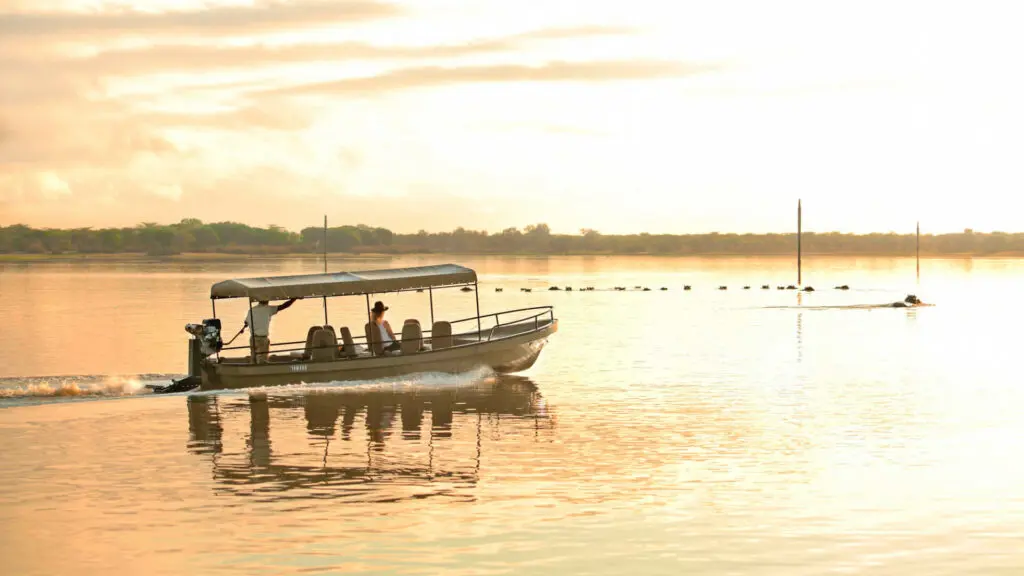
What are Shoulder Seasons?
Shoulder seasons occur in November and May, when the rains are beginning or ending. These months offer a balance between lower prices, fewer tourists, and decent game viewing.
Many lodges offer shoulder season rates, which are more affordable than peak season but still provide excellent safari experiences. The vegetation is not as thick as in the height of the wet season, so wildlife sightings remain good.
How Much Wildlife will I See in Each Season, and What Animals can I Expect?
No matter what time of year you visit East Africa, wildlife is always present. Contrary to the common misconception that animals are only visible during certain seasons, they don’t disappear—they simply become harder to spot during the lush green season. The density of the vegetation plays a key role: thick foliage can conceal wildlife during the wetter months, while the sparser, drier landscape makes them easier to see during the arid season.
During Dry Seasons:
- Animals gather around permanent water sources, making them easier to find.
- Predators take advantage of thirsty prey, often ambushing at watering holes.
- The Great Migration is at its most dramatic in the Serengeti and Masai Mara.
- Dry conditions allow for clear, uninterrupted views.
During Green Seasons:
- Wildlife is more spread out, as there’s water everywhere.
- Taller grass makes some animals harder to spot, but there’s an abundance of young animals due to calving season.
- Migratory birds arrive, making it a fantastic time for birdwatching.
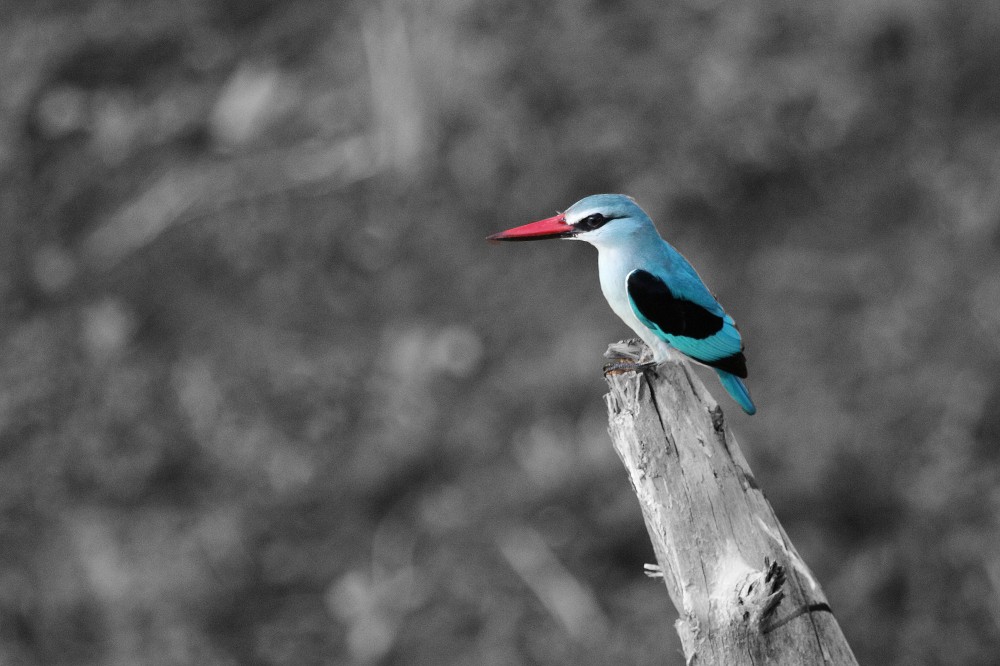
What activities are possible in each season?
High Season
- Game drives: Best for predator action and large wildlife concentrations.
- Gorilla trekking: The dry season is the best time of the year for gorilla trekking in Uganda. During this time, the conditions are most favourable as trails are drier.
- Wildebeest migration crossings in the Serengeti and Masai Mara
Low Season
- Walking safaris: Lush scenery and smaller animals like insects and birds are more visible.
- Photography safaris: The landscapes are at their most vibrant.
- Boating safaris: Best in Nyerere National Park, as water levels are high.

How do landscapes differ in each season?
Dry Season
- Golden, dry, and dusty plains dominate the scenery.
- Fewer water sources mean fewer lush areas.
- Spectacular sunsets due to dust in the air.
Green Season
- Vibrant green landscapes and full waterholes.
- Dramatic cloud formations and afternoon thunderstorms.
- Wildflowers and dense foliage create stunning photography opportunities.
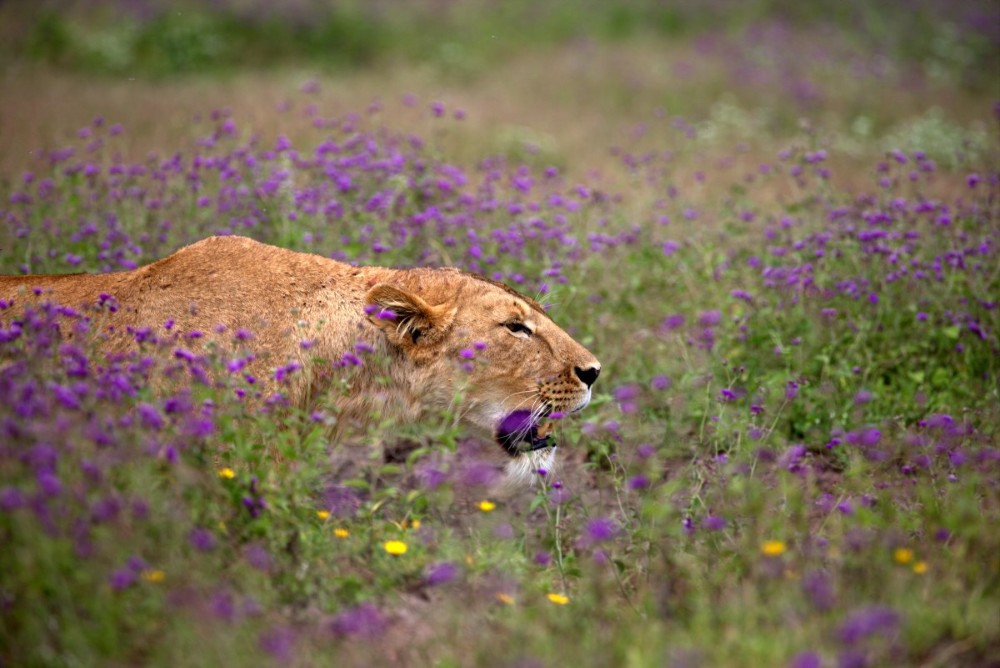
Which season is the most affordable?
While rates may vary by season, pinpointing exact costs can be challenging, as factors like location, remoteness, logistics, and level of luxury all play a role. That said, seasonality is a major factor and can significantly impact the overall price of a safari. Our guide on the cost of safaris in Africa provides a detailed breakdown of typical expenses.
High Season:
- Higher prices due to demand.
- More visitors mean popular parks can be busy.
- Ideal for first-time safari-goers as sightings are easier.
Low Season:
- Lodges and camps offer discounted rates.
- Fewer tourists mean a more exclusive experience.
- Great for experienced safari-goers, photographers, and birders who are willing to work slightly harder for sightings.
- A great time for a beach and safari combo, and one of the best times to visit Kenya beaches as the waters are favourable for water activities such as snorkelling.
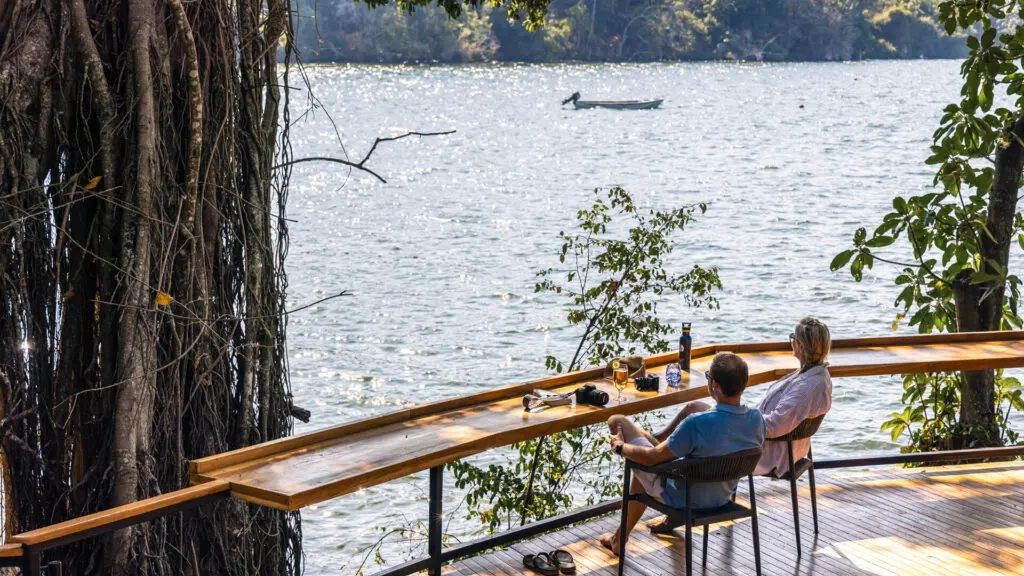
0 thoughts on “East African Safari: High Season vs. Low Season”
Add a Comment Cancel reply
Recent Posts
Top Safari Activity Alternatives to Game Drives
The Cradle of Mankind: East Africa’s rich history
Africa’s Hidden Safari Gems: Where to Go on Your Second Journey
All Categories

Thailand




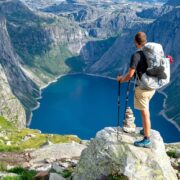

Hi, this is a comment.
To get started with moderating, editing, and deleting comments, please visit the Comments screen in the dashboard.
Commenter avatars come from Gravatar.